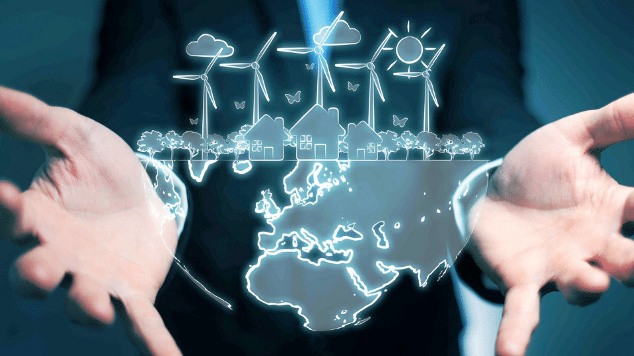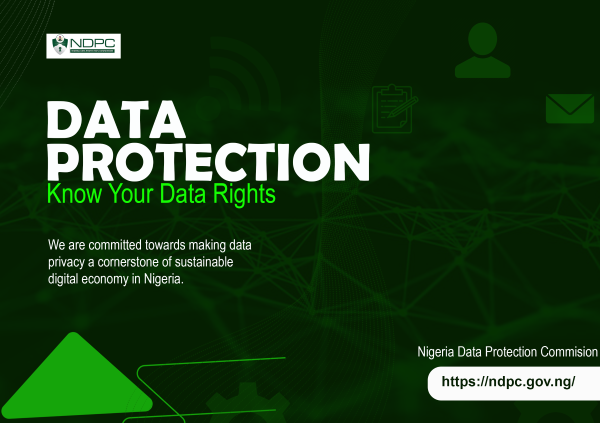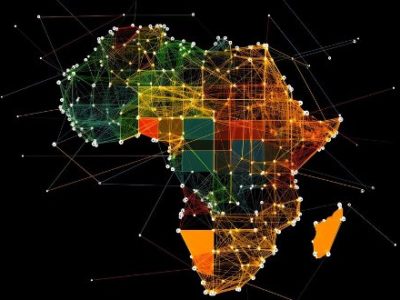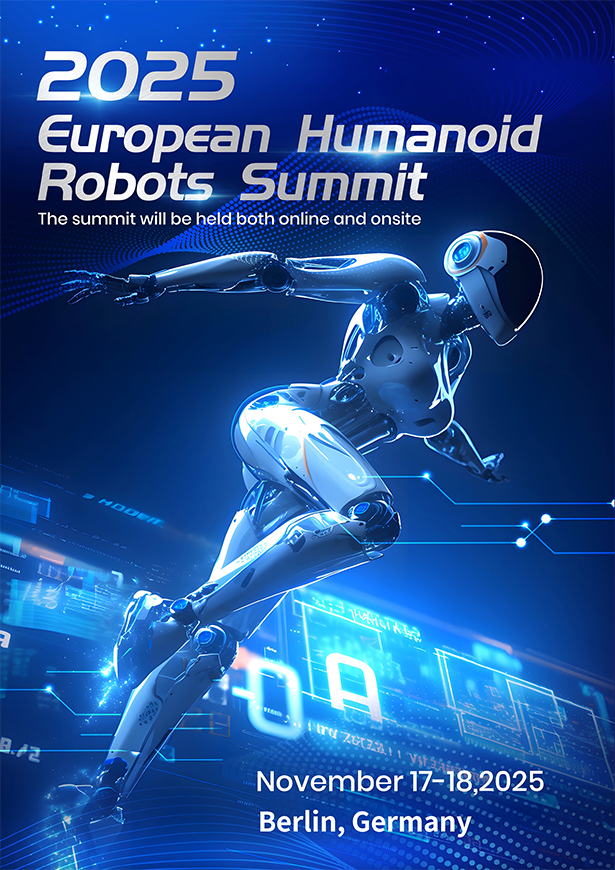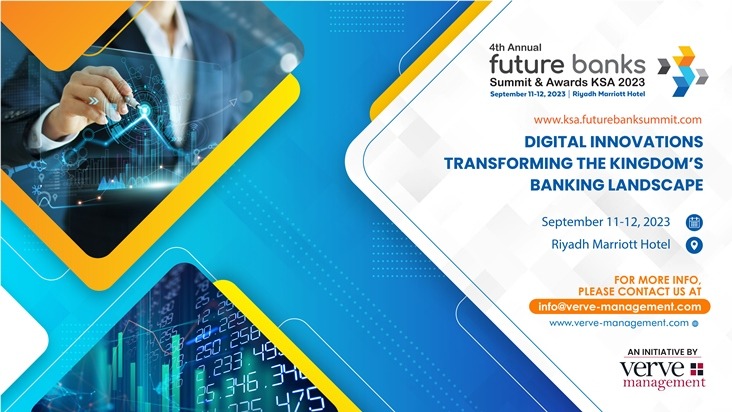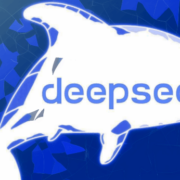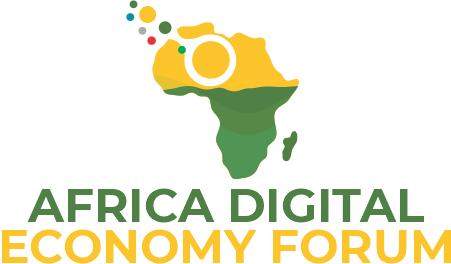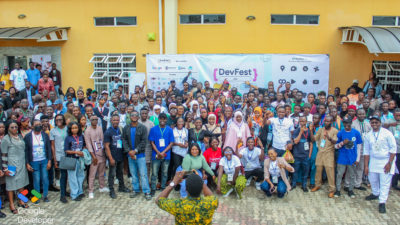By Sonny Aragba-Akpore
The Information and Communications Technology (ICT) sustainable development by 2030 is being threatened. Reasons? Carbon emissions are on the rise and May further increase thereby reducing the speed of development as the problem had to be addressed and threats removed to gain momentum in the growth of ICT.
RELATED: Financial health and quality of service by network operators
In spite of the manifest progress recorded so far in the efforts to bridge the digital divide especially in connecting the unconnected 2.6B population that is offline, carbon emissions remain a drawback.
Global ICT regulator,the International Telecommunications Union (ITU) is worried and says so in clear terms that unless urgent remedies are put in place, ICT sustainable development may remain a pipe dream.
The ITU is particularly worried about the place of Artificial Intelligence (AI) despite its beauty in the growth of the sector.
Advances in digital innovation driving up global emissions
“Advances in digital innovation — especially Artificial Intelligence (AI) are driving up energy consumption and global emissions,” said ITU Secretary-General Doreen Bogdan-Martin.
“While more must be done to shrink the tech sector’s footprint, the latest Greening Digital Companies report shows that industry understands the challenge — and that continued progress depends on sustaining momentum together.”
In Geneva, Switzerland the ITU released a report On June 5,2025, saying the “tech sector carbon emissions continued their rise in recent years, fuelled by rapid advances in artificial intelligence (AI) and data infrastructure “citing Greening Digital Companies 2025 report.
The report, produced by the ITU and the World Benchmarking Alliance (WBA), tracks the greenhouse gas (GHG) emissions, energy use, and climate commitments of 200 leading digital companies as of 2023, the most recent year for which full data is available.
While the yearly report calls on digital companies to address their growing environmental footprint, it also indicates encouraging progress. Worldwide, more companies had set emissions targets, sourced renewable energy and aligned with science-based frameworks.
According to the latest edition of the report, electricity consumption by data centres— which power AI development and deployment, among other uses — increased by 12 per cent each year from 2017 to 2023, four times faster than global electricity growth.
Urgent need to manage AI’s environmental impact
]Four leading AI-focused companies alone saw their operational emissions increase in the reporting period by 150 per cent on average since 2020. This rise in energy that is either produced or purchased – known as Scope 1 and Scope 2 emissions – underscores the urgent need to manage AI’s environmental impact. In total, the amount of greenhouse gas emissions reported by the 166 digital companies covered by the report contributed 0.8 per cent of all global energy-related emissions in 2023.
The 164 digital companies that reported electricity consumption accounted for 2.1 per cent of global electricity use, at 581 terawatt-hours (TWh), with 10 companies responsible for half of this total.
“Digital companies have the tools and influence to lead the global climate transition, but progress must be measured not only by ambition, but by credible action,” said Lourdes O. Montenegro, Director of Research and Digitisation at WBA.
“This report provides a clear signal to the international community: more companies are stepping up, but emissions and electricity use continues to rise.”
Tracking climate footprint of tech sector
“The Greening Digital Companies report has become a vital tool in tracking the climate footprint of the tech sector,” said Cosmas Luckyson Zavazava, Director of ITU’s Telecommunication Development Bureau.
“Despite the progress made, greenhouse gas emissions continue to rise, confirming that the need for digital companies to adopt science-aligned, transparent, and accountable climate strategies has never been greater. ITU’s work in monitoring the environmental impact of the sector is a crucial step towards achieving a sustainable digital transformation.”
ITU’s Telecommunication Development Bureau is working with regulators, statisticians, academics, and industry experts to define indicators that support national GHG monitoring and data-driven action through the Expert Group on Telecommunication/ICT Indicators.
The ITU’s Green Digital Action
As the COP30 UN climate conference approaches, ITU’s Green Digital Action aims to ensure that updated climate pledges and adaptation plans will fully reflect the complete impacts of digital technologies.
Although emissions continued their rise, Greening Digital Companies 2025 highlights steps taken by many tech firms that suggest a strengthening of transparency and accountability.
Eight companies scored above 90 per cent in the report’s climate commitment assessment on data disclosure, targets and performance. This is up from just three in last year’s report.
“For the first time, the report includes data on companies’ progress toward meeting climate targets and realizing stated net-zero ambitions. Almost half of the companies assessed had committed to achieving net-zero emissions, with 41 firms targeting 2050 and 51 aiming for earlier deadlines.” the report stated.
Other trends among the 200 digital companies featured in the report include:
Renewable energy adoption where 23 companies operated on 100 per cent renewable energy in 2023, up from 16 in 2022. On dedicated climate reporting,49 companies released standalone climate reports, signalling greater transparency.
Scope 3 consideration highlighted the number of companies publishing targets on indirect emissions from supply chains and product use rose from 73 to 110, showing increasing awareness of industry impacts.
How the tech sector can ensure long-term digital sustainability
A call for bold, collaborative and immediate action highlights how the tech sector can ensure long-term digital sustainability, according to the joint ITU-WBA report and recommends that companies:
Strengthen data verification, target ambition and climate reporting, including by publishing climate transition action plans; Disclose the full environmental footprint of their AI operations; Foster cross-sector collaboration among tech firms, energy producers and environmental advocates, alongside industry initiatives to drive accelerated digital decarbonization and keep accelerating renewable energy adoption.
Industry reports indicate that “two months after its release in November 2022, OpenAI’s ChatGPT had 100 million active users, and suddenly tech corporations were racing to offer the public more “generative A.I.” Pundits compared the new technology’s impact to the Internet, or electrification, or the Industrial Revolution — or the discovery of fire.
“Time will sort hype from reality, but one consequence of the explosion of artificial intelligence is clear: this technology’s environmental footprint is large and growing.”
AI responsible for carbon emissions from non-renewable electricity
A.I use is directly responsible for carbon emissions from non-renewable electricity and for the consumption of millions of gallons of fresh water, and it indirectly boosts impacts from building and maintaining the power-hungry equipment on which A.I. runs.
As tech companies seek to embed high-intensity A.I. into everything from resume-writing to kidney transplant medicine and from choosing dog food to climate modelling, they cite many ways A.I. could help reduce humanity’s environmental footprint. But legislators, regulators, activists, and international organizations now want to make sure the benefits aren’t outweighed by A.I.’s mounting hazards.
“The development of the next generation of A.I. tools cannot come at the expense of the health of our planet,” Massachusetts Senator Edward Markey (D) said last week in Washington, after he and other senators and representatives introduced a bill that would require the federal government to assess A.I.’s current environmental footprint and develop a standardized system for reporting future impacts.
Similarly, the European Union’s “A.I. Act,” approved by member states last week, will require “high-risk A.I. systems” (which include the powerful “foundation models” that power ChatGPT and similar A.I.s) to report their energy consumption, resource use, and other impacts throughout their systems’ lifecycle. The EU law takes effect next year.
The 2030 Agenda for Sustainable Development
In September 2015, the 2030 Agenda for Sustainable Development was agreed at the United Nations Sustainable Development Summit. This new framework for international cooperation to promote sustainable development between 2015 and 2030 is composed of 17 new Sustainable Development Goals (SDGs) and 169 Targets. The new agenda, which succeeds the Millennium Development Goals (MDGs), was defined through a Member State-led process with broad participation from major groups and civil society stakeholders.
In March 2015, at its 46th session, the United Nations Statistical Commission (UNSC) created an Inter-agency and Expert Group on SDGs (IAEG-SDGs), composed of Member States and including regional and international agencies as observers, to provide a proposal of a global indicator framework (and associated global and universal indicators).
In March 2016, at its 47th session, the UNSC agreed on the global indicator framework, which will help monitor progress, identify challenges, and guide policy makers. The data for the 132 indicators included in this framework will be an essential part in the ambitious plan to eliminate poverty and hunger, protect the planet, combat inequalities and build peaceful, just and inclusive societies over the next 15 years. The data will also provide the basis for a yearly UN progress report.
The Commission agreed that this framework would be a practical starting point and that the indicators included in the framework would require further technical refinements.

